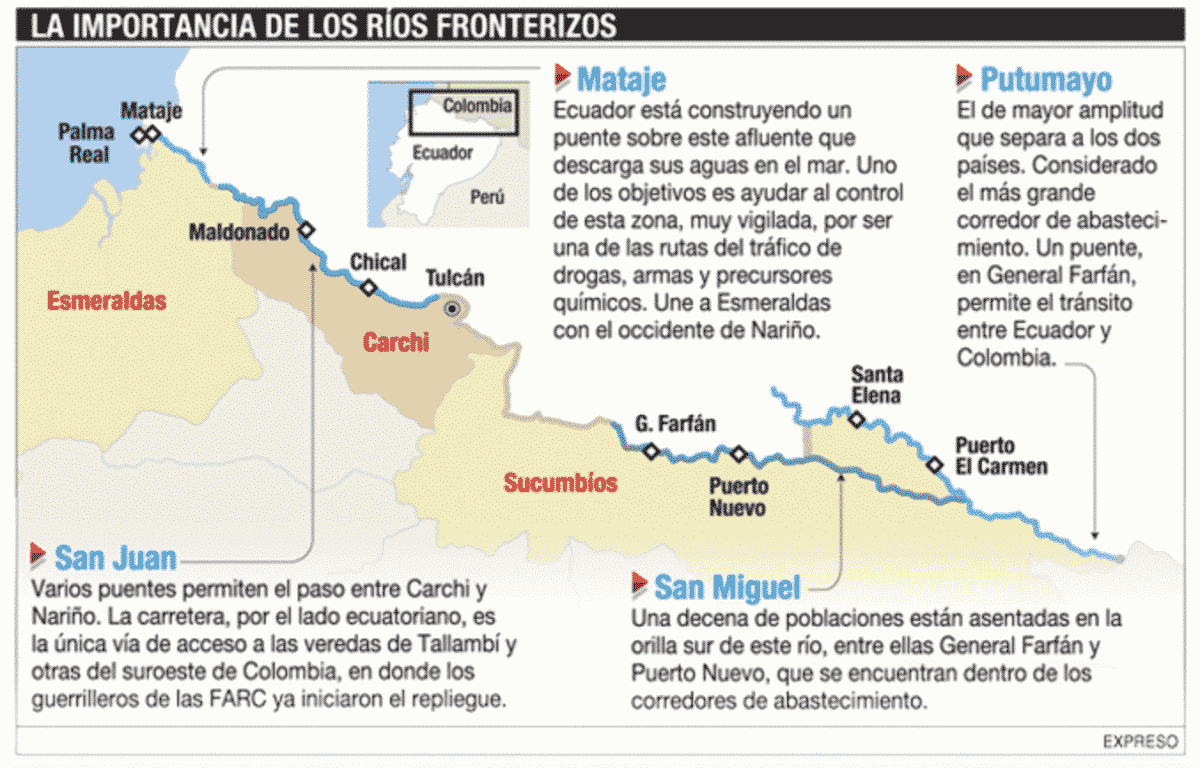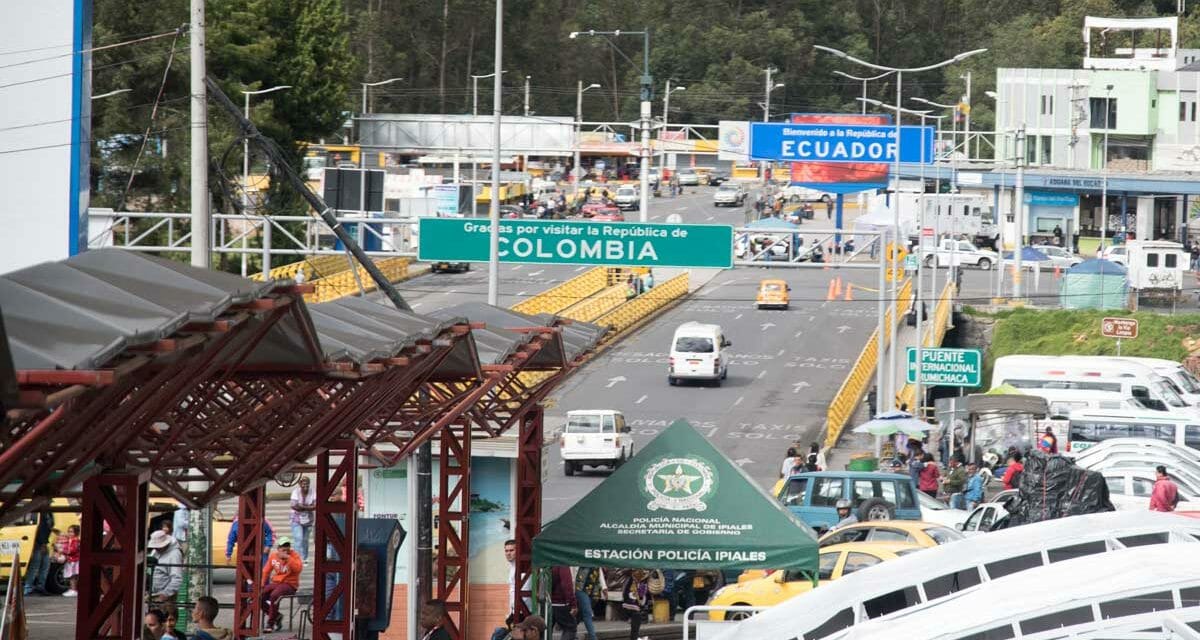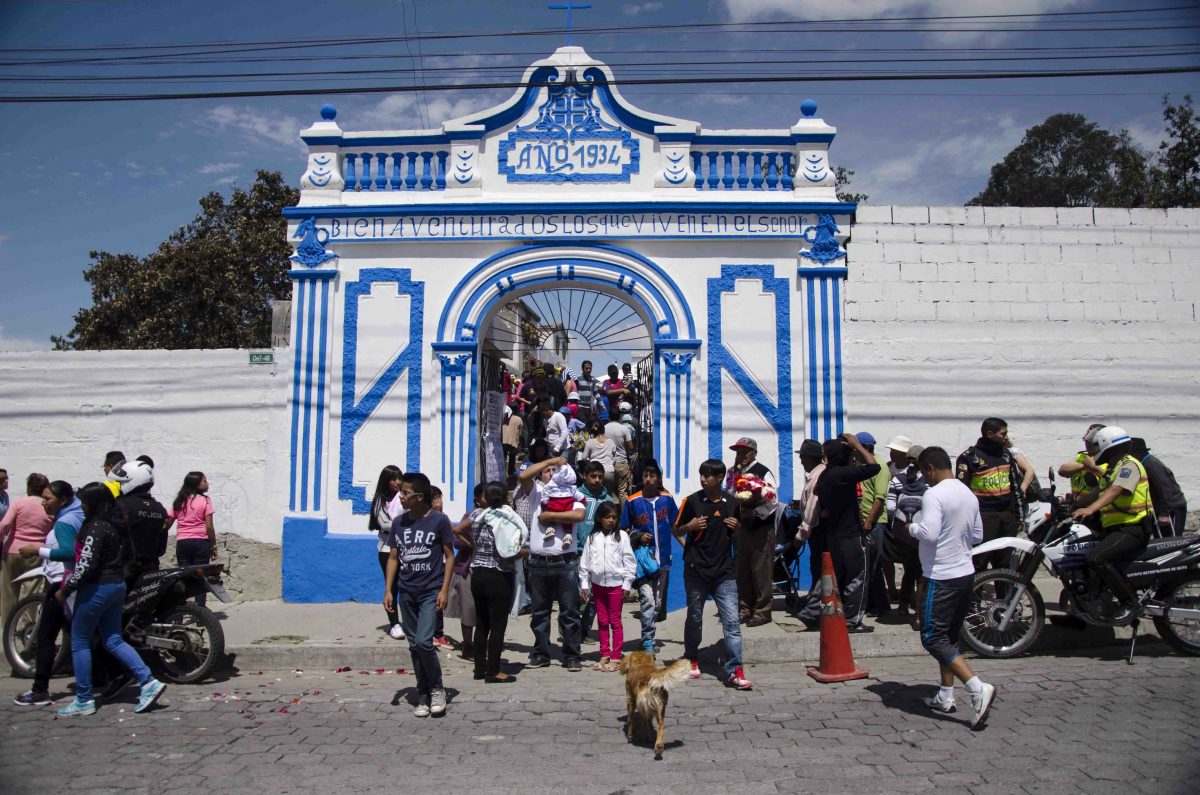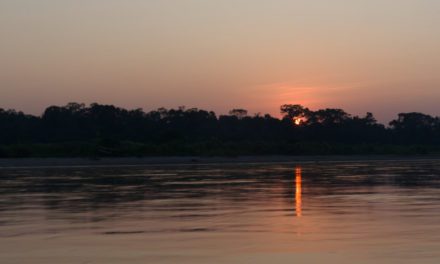As responsible travelers evolve, so do the stories we share.
This article is part of our living archive — trusted content we continue to care for.
First published on April 17, 2019 • Last updated on September 26, 2025.
The US Department of State issued a new travel advisory for Ecuador earlier this month. In my opinion, this sudden change comes without justification. Furthermore, this advisory calls attention to two locations where Embassy employees are permitted to vacation within the do-not-travel zone. Perhaps the US State Department should look at how other countries issue more nuanced advisories that don’t call out the practices of their own staff.
State Department Changes Ecuador Advisory to Level 2
Last year when the US State Department announced its new advisory system, they granted Ecuador a Level-1 (exercise normal precautions) advisory. Level-1 is the safest of the four-level system.
At that time, they issued a caveat for the three provinces that lie along Ecuador’s northern border with Colombia: Esmeraldas, Carchi, and Sucumbios. They gave these provinces a Level-4 (do not travel) advisory.
They had a good reason for this caveat. Last year, transnational drug cartel members kidnapped and murdered an Ecuadorian journalist, photographer, and driver. Also, an Ecuadorian couple was kidnapped and murdered. Both of these incidents took place in the Esmeraldas Province. Esmeraldas has also experienced bombings of police stations and threats to Ecuadorian military personnel.
For more than a year, this Level-4 advisory had no impact on the overall advisory for Ecuador. This month, that changed. The US Department of State changed the Level-1 to a Level-2 (Exercise Increased Caution). This includes destinations no where near the Colombian border.
What Has Changed In Ecuador Since Last Year?
But here’s the deal – nothing has really changed in Ecuador in this past year. Danger along the border remains about the same and is very location specific. So why did the State Department change the entire country’s advisory from a Level-1 to a Level-2? We don’t know. Nor does their advisory address this change (see the end of the article for full advisory).
Disturbingly, the State Department called attention to two locations where US Embassy personnel are likely to vacation in the latest advisory.
However, U.S. government personnel are permitted to travel to the northern bank of the Napo River in Sucumbíos, an area approximately four miles wide, and the portion of Esmeraldas province that is south of Esmeraldas city.
In my opinion, if they are that concerned with safe travel in the region, then they have contributed to making both locations more dangerous for American visitors simply by calling them out. If Colombian drug cartels are interested in kidnapping Americans, especially those working at the US Embassy, they now have a good idea of where to look.
The map below, published by Expreso in 2017, shows the most troublesome regions along the border. These are all easily avoided by tourists. In fact, other countries advisories simply ask that tourists avoid a 20 kilometer zone near the border except at the main border crossing along the Pan American Highway.

Level-2 Change Comes Out of The Blue
Let’s remind our new readers that both Scott and I lived in Ecuador for three years. Scott was assigned to the US Embassy in Quito and we lived with similar travel constraints as current Embassy staff. We were unable to visit many beautiful destinations in Ecuador because of these rules. For example, we could not travel to the northern bank of the Napo River until just before we left in 2016. We took these travel advisories very seriously. Therefore, our gut reaction is to tell you to listen to the State Department.
However, something feels off with this latest change. Nothing new has happened to change the rating. Travel in the vast majority of Ecuador is as safe as it ever was. The vast majority of the country requires that tourists follow basic safety precautions.
So what are travelers like yourself supposed to think? Here is our recommendation.
Our Recommendations for Safe Travel in Ecuador
Our recommendation is to avoid the Esmeraldas Province, including those beautiful beaches, but to enjoy the well-known tourist destinations in Carchi and Sucumbios. In our opinion, areas with recent kidnappings and bombings are to be avoided at all costs. The organization responsible for those events remains at large.
Of course, we always ask that you take precautions. You might like to read these articles for further advice:
Our Personal Experience in Carchi and Sucumbios
We practice what we preach. When returning to Ecuador as non-Embassy connected tourists, our first goal was to visit some of the places that were formally off-limits to us. We recently entered Ecuador using the border crossing between Ipiales, Colombia and Tulcan, Ecuador. It was easy, pain-free, and very safe.
We visited two locations in the Carchi province, the amazing sculpted cemetery in Tulcan and the haunting Polylepis forest of El Angel. We never felt unsafe. We did learn that the drug trade has a history in this province. One of our guides had crossed the border as a teenager, worked the coca plantations of southern Colombia to return with cash in hand and start his own legal business in Ecuador. In his youth, about 20 years ago, it was common to have cross-border confrontations. Not so much today. Yes, we know that this is anecdotal but without any news to the contrary, we chose to travel to Carchi because we believed it was safe. We also know that increased tourism makes for a healthier economy that encourages Ecuadorians to invest in tourism, not the drug trade.
We have a similar experience in Sucumbios where we traveled to the lesser-visited Cuyabeno Wildlife Reserve. We traveled by bus from Quito to Lago Agrio. Then we traveled by motorboat from Lago Agrio to a lodge on the Cuyabeno River. While not impossible, it would be a major undertaking for a crime syndicate to kidnap tourists along this route. Native Ecuadorians often serve as guides on many of these trips and, once again, the income from tourism makes it easier for locals to reject offers from cross-border drug traffickers.
While traveling in these provinces, we met few North Americans; the vast majority of English-speaking tourists came from Canada, Australia, and even Europe. Interestingly, these countries offer travel advisories that are more nuanced than those from the United States.
Ecuador Travel Advisories From Other English-speaking Countries
If you would like to see some of those more exact travel advisories, check out:
- Canada (no travel within 20 kilometers of the border except for the Pan American Highway and border crossing)
- United Kingdom (allows for visiting places like El Angel and Cuyabeno while avoiding other locations in Carchi and Sucumbios)
- Australia (20-kilometer border warning; Sucumbios and Esmeraldas high crime)
The Department of State Updated its Travel Advisory for Ecuador on April 9, 2019
https://ec.usembassy.gov/travel-advisory-for-ecuador-on-april-9-2019/ The full text of the new Travel Advisory follows: Travel Advisory
April 9, 2019
Ecuador – Level 2: Exercise Increased Caution
Exercise increased caution in Ecuador due to crime. Some areas have increased risk. Read the entire Travel Advisory. Do not travel to: Carchi, Sucumbíos, and the northern part of Esmeraldas provinces, including Esmeraldas city, due to crime. Read the Safety and Security section on the country information page. If you decide to travel to Ecuador:
- Enroll in the Smart Traveler Enrollment Program (STEP) to receive Alerts and make it easier to locate you in an emergency. Follow the Department of State on Facebook, Twitter, and Instagram
- Review the Crime and Safety Reports for Ecuador.
- U.S. citizens who travel abroad should always have a contingency plan for emergency situations. Review the Traveler’s Checklist.
Carchi, Sucumbíos, and northern Esmeraldas Provinces – Level 4: Do Not Travel
Transnational crime groups operating in Esmeraldas province have engaged in violent crime and killed local citizens in addition to carrying out bombings targeting Ecuadorian military and law enforcement. The U.S. government is limited in its ability to provide emergency services to U.S. citizens in the Colombian border area, as U.S. government personnel cannot travel to the provinces of Esmeraldas, Carchi, and Sucumbíos without permission from the Embassy’s security office. However, U.S. government personnel are permitted to travel to the northern bank of the Napo River in Sucumbíos, an area approximately four miles wide, and the portion of Esmeraldas province that is south of Esmeraldas city.
Visit our website for Travel to High-Risk Areas.
Assistance: U.S. Embassy Quito, Ecuador +(593)(2) 398-5000 +(593)(2) 398-5000 (after hours) ACSQuito@state.gov
U.S. Consulate General Guayaquil, Ecuador +(593)(4) 371-7000 +(593)(4) 371-7000 (after hours) ACSGuayaquil@state.gov
State Department – Consular Affairs 888-407-4747 or 202-501-4444 Ecuador Country Information
Enroll in Smart Traveler Enrollment Program (STEP) to receive security updates






















